How to spot and remove spider mites
Spider mites are a common problem for even the most low-maintenance houseplants, and if you spot them early, it's easy to send them packing.
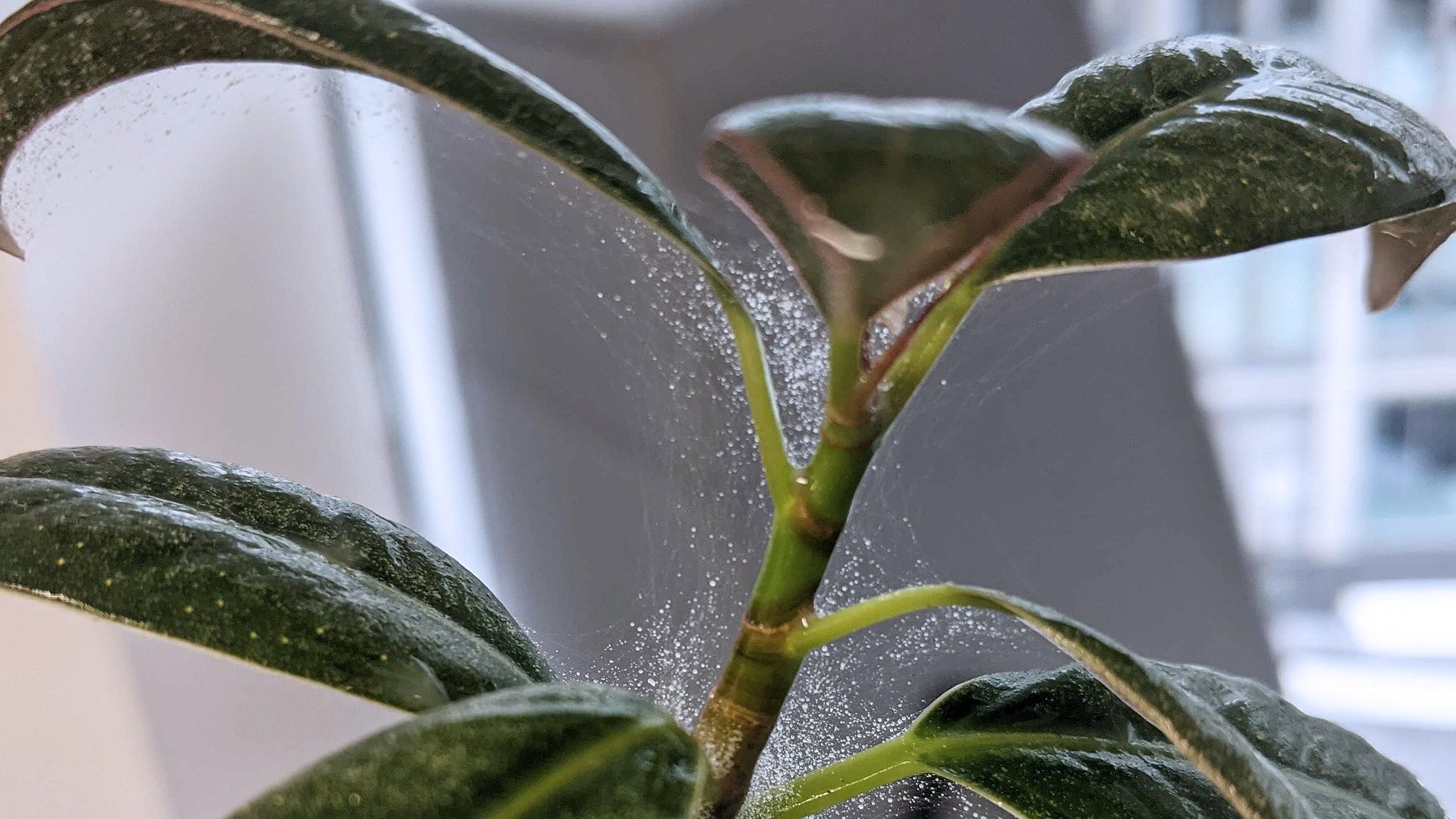
Pests are something every plant parent has to deal with at some point. If your plant’s leaves are sporting brown or yellow spots , it’s usually a sign that creepy crawlies have moved in and are feasting on their juicy green chlorophyll. Don’t be alarmed - this isn’t a reflection of your housekeeping or your gardening skills.
Chances are the last time you added to your houseplant collection, there were eggs or live bugs on the new plant’s leaves. They can lie in wait, and when the conditions are just right (hot and dry), spring into action, rapidly multiplying. Most pests are so minute they aren’t visible to the naked eye, so the first you usually know about it is when the plant’s leaves start to get spots. Spider mites are one of the most common houseplant pests and unfortunately they love your plants as much as you do.
How to identify spider mites
Spider mites can be hard to see, but if you want to be sure of your diagnosis, try holding a piece of paper under the infected plant’s leaves and shake gently. If you notice pepper-like specks on the page, they’re almost certainly spider mites. Other ways to tell . . .
- Your plant’s leaves have small brown or yellow spots or look ‘dusty’
- You’ve tried all your usual tricks and your plant still doesn’t look healthy - think yellow, dying leaves or stunted growth
- There’s ‘webbing’ that kind of looks like a tightly weaved spider web visible on the plant
- White eggs underneath the leaves that look like grains of salt
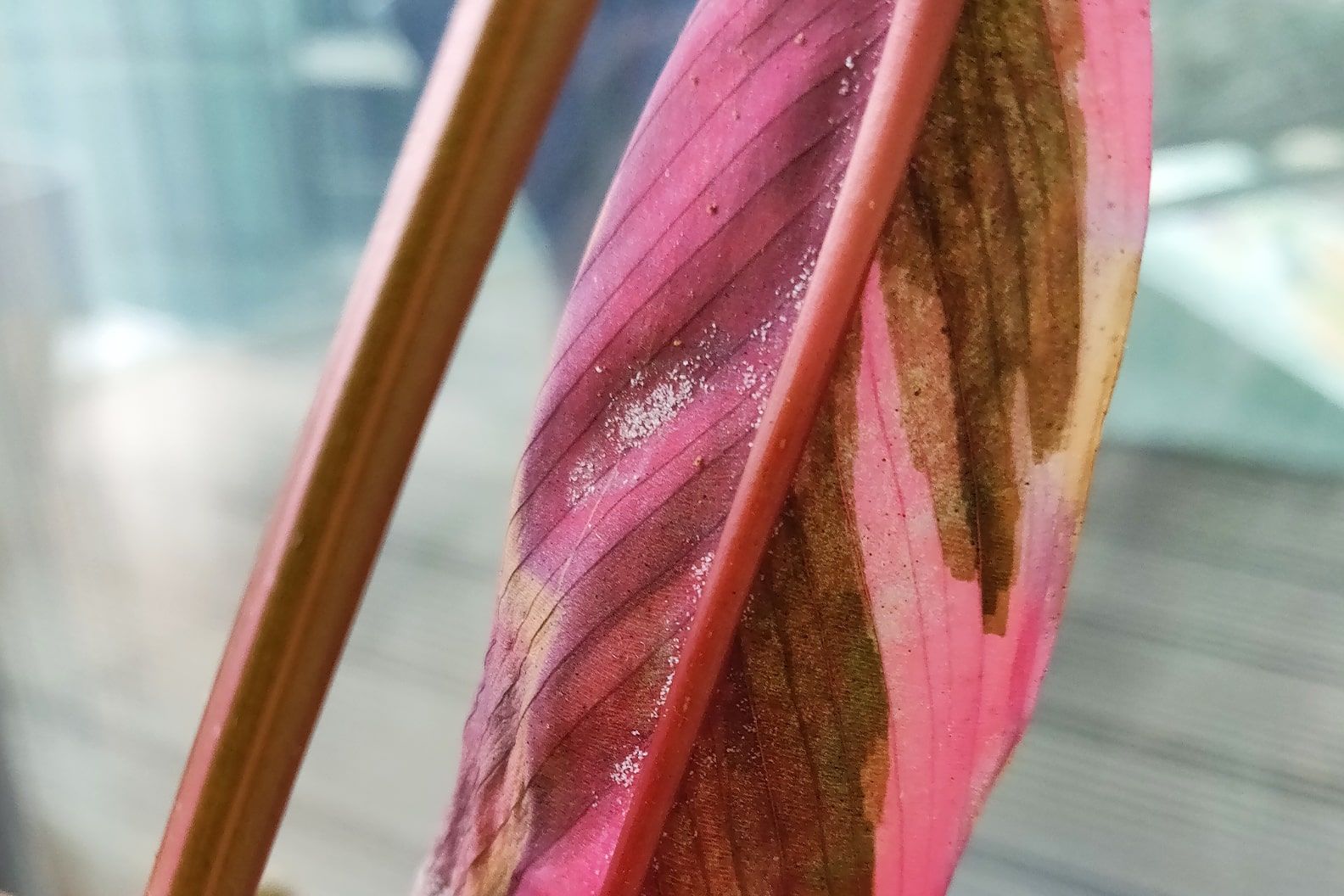
How to treat spider mites
At the first sign of spider mites, isolate your plant before the little blighters spread to your entire plant family. It might be tempting to spray a whole can of insecticide on your plants but there are more effective, non-chemical remedies that will send them packing. First things first, give your plant’s leaves and stems a shower with room temperature water to remove eggs and mites. Alternatively, spray and wipe the infected plant’s leaves with:
- A natural insecticide like bug control spray
- A gentle dish soap dilution - 1 tablespoon for every litre of water
Both of these solutions leave a very thin sticky residue on the surface of your plants leaves that prevents these sap-sucking insects from getting their little nibbly mouthparts in. It also coats the bodies of any of the remaining pests, removing their protective coating so that they dry out and die. Use this treatment regularly for a good few weeks until you have got any infestation under control, and only when you’re sure there aren’t any stowaways, return your plant to its original position.
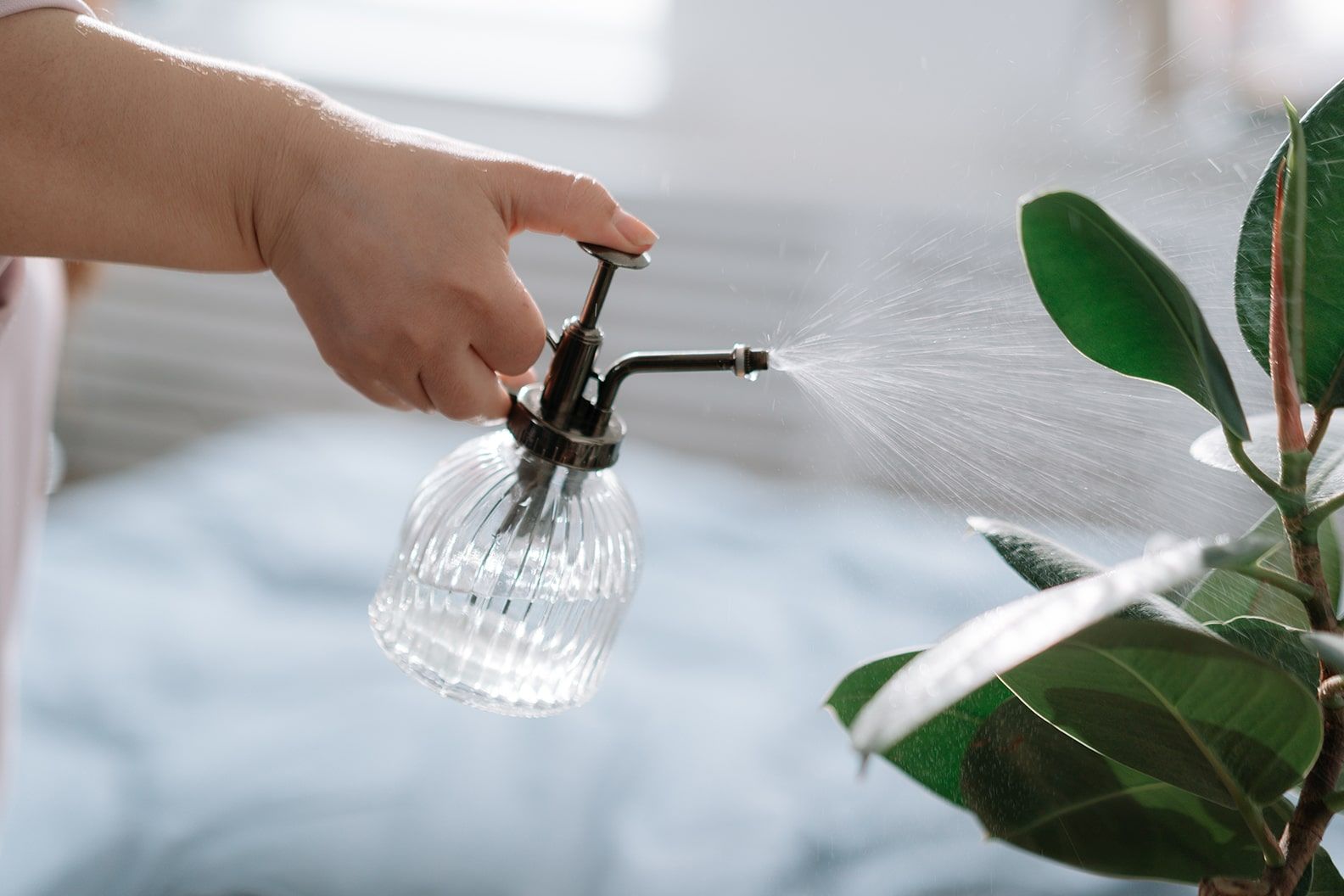
How to stop spider mites gnats returning
It’s actually a good idea to use these soapy insecticidal sprays preventatively, spritzing all of your plants on a monthly basis at least. This also helps to keep their leaves clean, allowing them to photosynthesise more effectively, resulting in stronger growth and plants more resistant to pest infestations.
In tandem with this, make sure you clean your plants leaves regularly by gently wiping dust off the leaves and stems with warm water. Because spider mites thrive in hot dry conditions, increase the humidity around your plants by misting their leaves regularly and making sure there’s good airflow around the foliage. Only use good quality compost in your pots as the premium stuff tends to be a little more sterile.
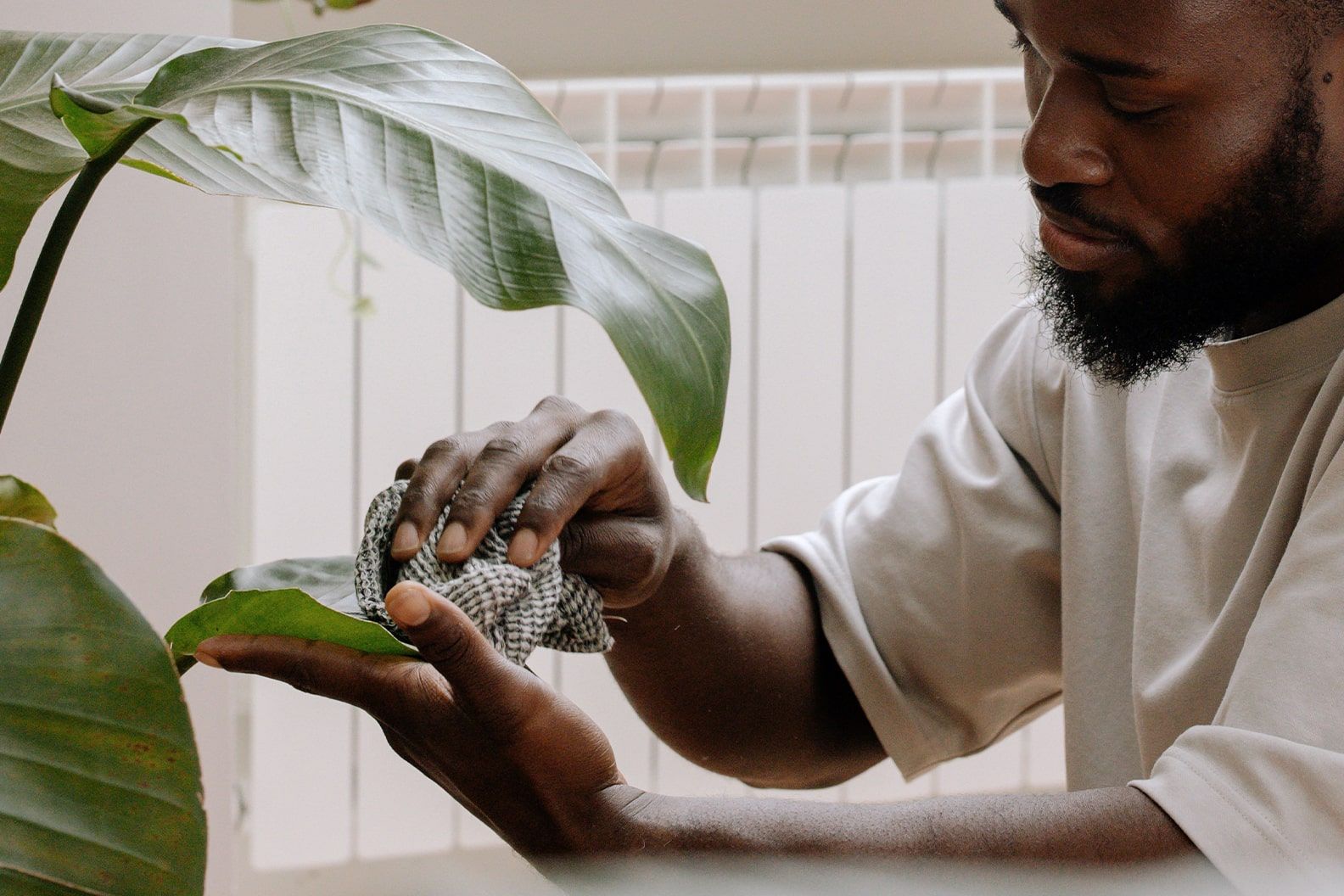
How do I stop spider mites from spreading?
Act fast and move any plants you think have mites away from the rest of your indoor jungle. Spider mites don’t do well in humid conditions so a regular mist with room temperature water will help deter them.
Nobody likes the idea of having pests on their beloved plants - or in their home - but spider mites are easy to prevent and treatable if you catch them early enough. Just make sure to check in on your plant’s health regularly.
If however, you catch the infestation too late and your plant is damaged beyond repair, you may be fighting a losing battle. Spider mites are virtually impossible to eradicate once their population has reached a certain point, and sometimes, it’s good to know when to quit. Don’t despair though, you’ll know what to look out for next time and now, armed with info, you can nip them in the bud if they dare to cross your threshold again!
Never kill another plant
Plant tips. Special offers. No spam.
You might like
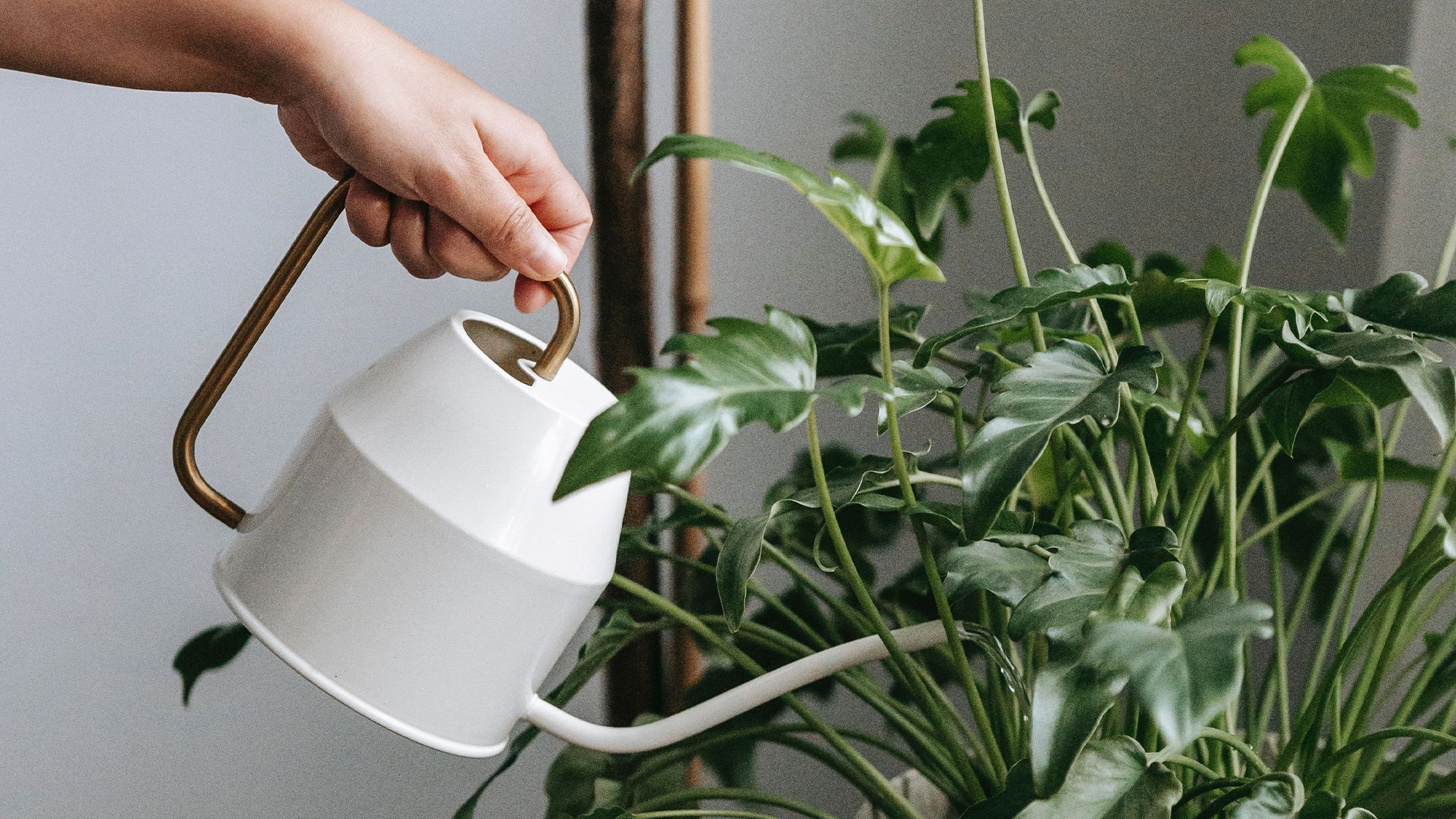
How to stop overwatering your plants
More water does not mean a happier plant
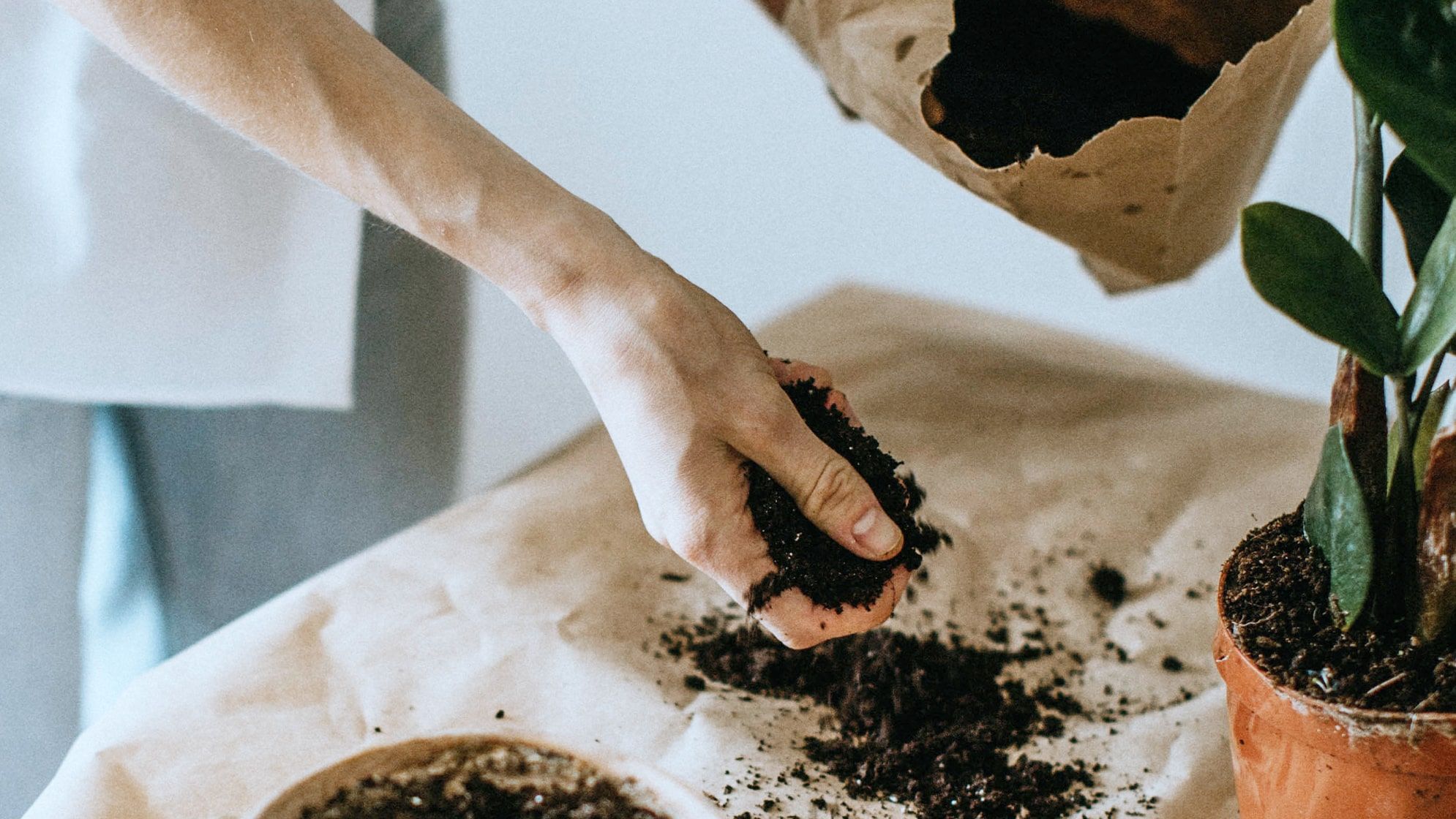
Complete guide to repotting
Learn how and when to upgrade your plant’s pot
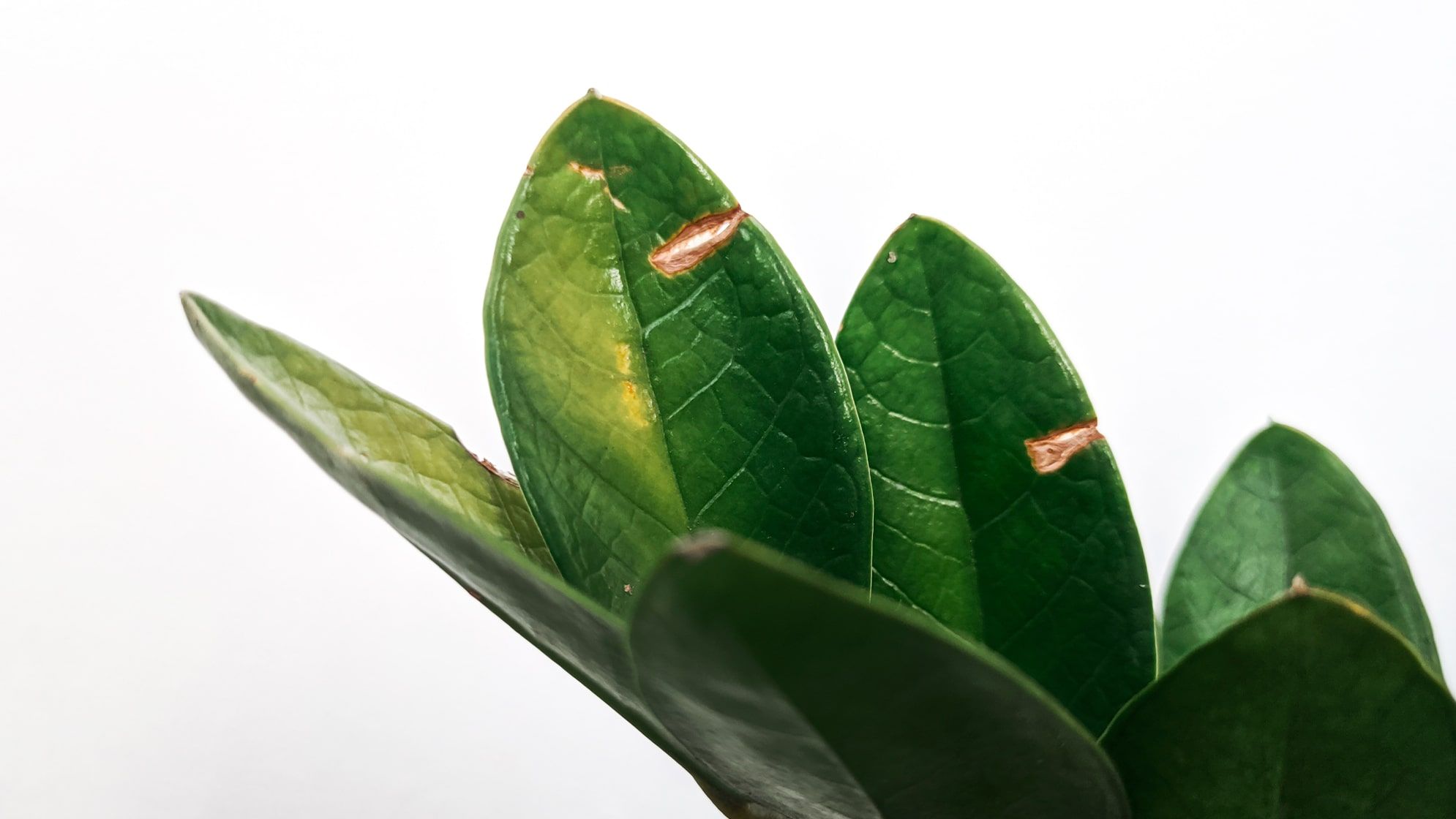
Why are my plant’s leaves scarred?
We prefer to call them birthmarks
